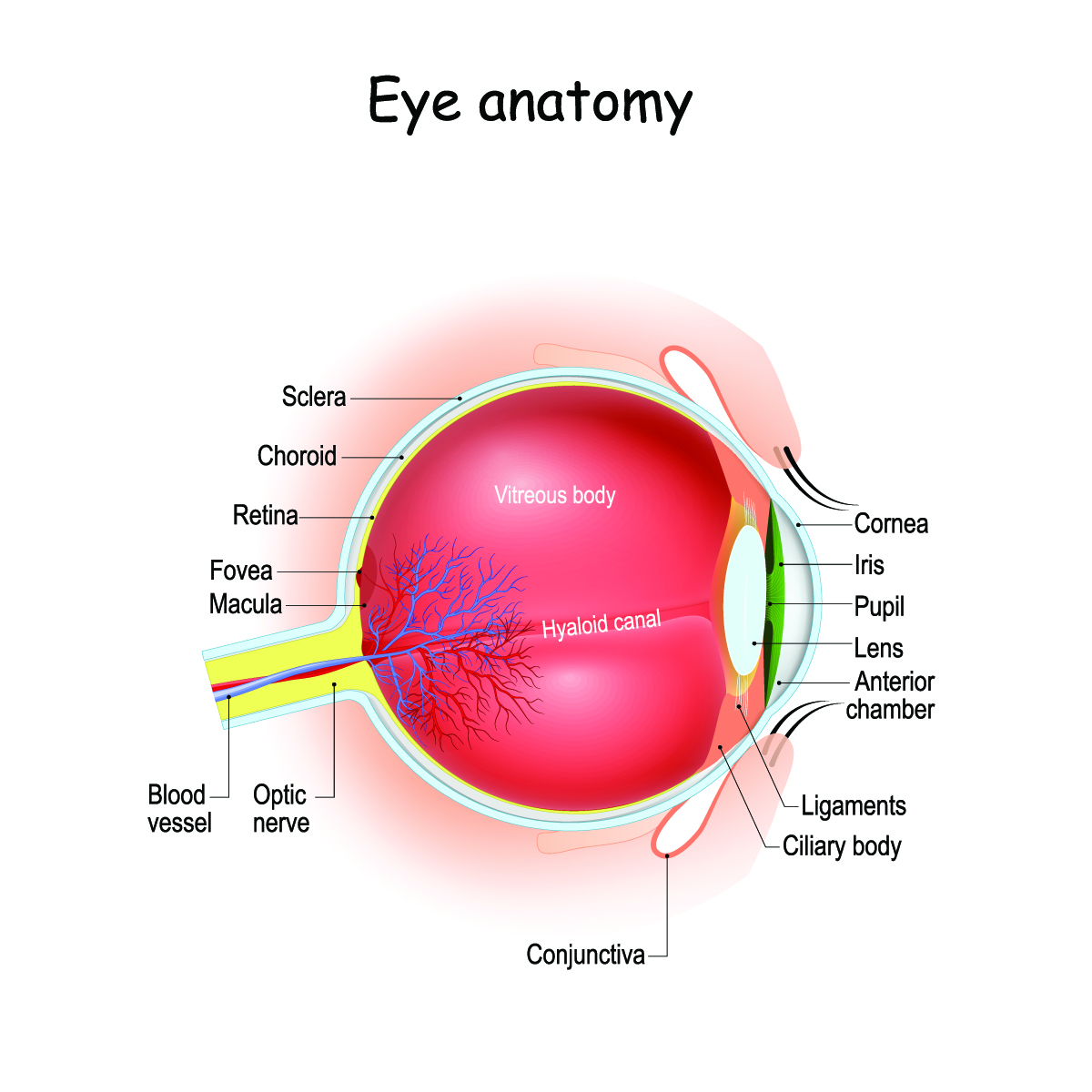Exciting New Options for Delivering Treatment to the Anatomic Suprachoroidal Space
Submitted by Elman Retina Group on October 7, 2023

Macular edema happens with many retinal conditions, including retinal vein occlusion, age-related macular degeneration, diabetic macular edema, and uveitis. The macula is the middle of the light-sensitive tissue (retina) at the back of your eye that provides central vision. Edema means swelling or inflammation, and swelling of the macula threatens your ability to read, drive, and perform other detailed tasks. Treatment modalities to counteract that inflammation must be delivered inside the eye and close to the source of the problem for the most effective and longest-lasting results.
A novel technique has emerged to deliver medication to the anatomic suprachoroidal space between the sclera and choroid. Our board-certified ophthalmologists at Elman Retina Group are excited to share this new delivery method with our Baltimore area patients.
What Is the Anatomic Suprachoroidal Space?
The sclera gives your eyeball its white coloring. This fibrous tissue coats the eye, extending from the cornea (clear dome at the front of the eye) to the optic nerve connected to the back of the eye. The choroid is part of the uvea, a vascular layer rich in blood vessels between the sclera and retina. The choroid provides nutrients to the retina, macula, and optic nerve, regulates retinal temperature, and helps control intraocular pressure. The anatomic suprachoroidal space is a pocket between the sclera and choroid.
Delivering medications through the suprachoroidal space is ideal for rapid treatment response and sustained improvement of symptoms. Injecting drugs into other eye areas comes with risks, such as retinal tears, vitreous hemorrhages, and retinal detachment, and other sites require more frequent injections, increasing the chances of complications with each session. This new delivery option offers more efficient and consistent treatment for macular edema.
How the Suprachoroidal Space Improves Treatment Outcomes
This novel technique for drug delivery uses the suprachoroidal space as a reservoir to store and disperse drug therapies for macular edema. Proprietary microneedles inject the chosen medication into the area, which can hold up to 200 µL of fluid. The reservoir can deliver sustained doses of the drug to the source of the issue with a single injection, compared to regular injections required for other delivery methods. These microneedles are hollow and fitted to the length of the patient’s scleral thickness.
The suprachoroidal drug delivery approach can inject corticosteroids into this reservoir with fewer risks than other techniques, including intravitreal and periocular injections. Administering corticosteroids into this anatomical region forms a depot under the sclera (instead of the vitreous cavity), concentrating the drug where it is most needed without the risks and repetitive injections involved with other techniques. Animal studies show the medication can remain in the suprachoroidal space for at least 120 days.
Essentially, this new delivery method offers more precise treatment of macular edema by delivering the drug closer to the root of the issue and works longer than other techniques because the medicine lasts longer in the suprachoroidal reservoir.
Multiple clinical trials have shown the suprachoroidal space approach is safe and effective, including Phase III clinical trials. Targeting drug delivery within this anatomical area of the eye offers more effective drug administration and action.
Contact Elman Retina Group
Our eye doctors are at the forefront of retinal and vitreous disease research. We are excited about this emerging method of reducing macular edema and improving eye health with less frequent injections and fewer risks.
If you struggle with macular edema, contact Elman Retina Group in Rosedale, Glen Burnie, and Pikesville, Maryland. Schedule an eye exam with our skilled ophthalmologists by calling (410) 686-3000.



